Essential Dog Wound Care: Tips, Treatment & At‑Home Guide
Effective dog wound care is vital for your pet’s health, whether after surgery or an accident. This guide explains how to clean, protect, and support healing using practical at‑home steps. You’ll find clear advice on nutrition, activity restrictions, and recognizing when professional help is needed. Let's help your dog recover quickly and safely!
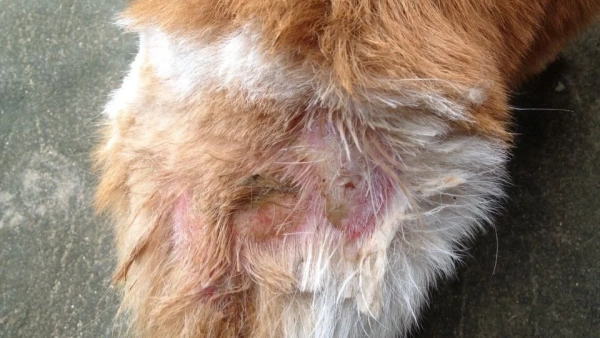
1. Clean & Protect the Wound
• Gently flush the area with saline or clean water—avoid harsh agents like alcohol or hydrogen peroxide, which can impede healing.
• Use povidone‑iodine to disinfect and reduce infection risk.
• Keep the wound dry—skip baths until healed.
• Prevent licking by using an Elizabethan collar, as licking can slow recovery or dislodge stitches.
• If recommended, apply healing powders made for pets to help clotting and healthy new tissue growth. This is key in wound care for dogs.
2. Support Healing Through Nutrition
Healing requires extra nutrition:
1. Boost high‑quality protein (e.g., lean meat or supplements like lactoferrin) to rebuild tissue.
2. Ensure vitamins and minerals—especially vitamins A, C, and zinc—are in the diet to support skin regeneration.
Your vet can suggest a balanced diet plan to enhance recovery.
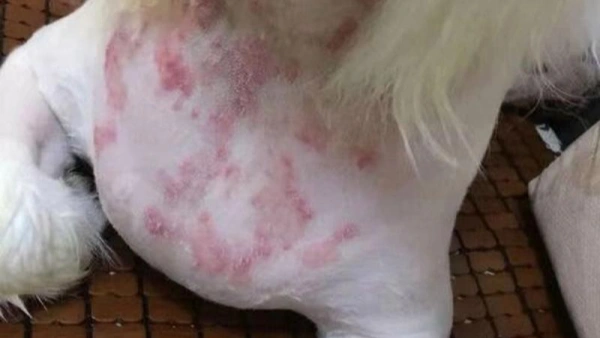
3. Limit Activity & Reduce Stress
• Restrict jumping, running, or climbing on furniture to avoid opening the wound.
• Keep away from other pets to prevent accidental biting or licking.
• Modify their space, such as using crates or quiet rooms. Good wound care for a dog means controlling their environment for a few weeks post‑injury.
4. Recognize Healthy vs. Problem Wounds
✔ A healing wound looks clean with pinkish edges. Minor bruising or slight bleeding in the first 24 hours is usually normal.
⚠ Watch for red, swollen, foul‑smelling wounds, ongoing or heavy bleeding, or pus—that signals a complication and warrants immediate vet care.
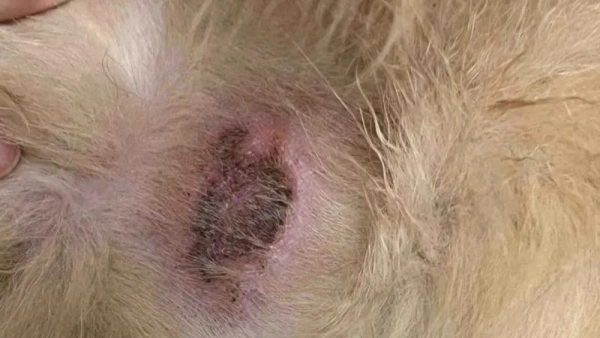
5. When to See the Vet
Seek veterinary help if the wound:
• Has persistent bleeding or oozing
• Shows deep puncture marks or bite wounds
• Smells bad or the dog appears in pain or feverish
Prompt veterinary care ensures proper cleaning, suturing, and prevention of infection—crucial in serious wound care dogs situations.
Frequently Asked Questions
Q1: How should I clean my dog's wound at home?
A1: Gently rinse with saline solution or clean water, avoiding harsh chemicals like hydrogen peroxide.
Q2: When should a dog's wound be seen by a vet?
A2: If the wound is deep, bleeding heavily, or showing signs of infection like swelling and pus.
Q3: Can I bandage my dog's wound myself?
A3: Yes, but ensure it's not too tight and check frequently for signs of restricted circulation.
Everything Our Vets Recommend
Conclusion & Next Steps
Understanding wound care for dogs helps your pup heal with comfort and minimal risk. Use clean wound management, good nutrition, restricted activity, and careful monitoring. If problems appear, don’t wait—visit the vet ASAP.
Need more pet care advice? Check out our guide on cat skin care—similar tips that work wonders for dogs too!
You May Like:
- Best Home Remedies to Help Dogs With Dry, Itchy Skin Naturally
- How to Identify and Treat Yeast Infection on Dogs Skin Naturally
- Best Skin and Coat Supplements for Dogs – Soothe Itchy Skin & Boost Shine
- Purina Pro Plan Adult Sensitive Skin & Stomach Salmon & Rice Formula Dry Dog Food, 16-lb bag
User Comments
Does flea treatment kill ear mites too?
Can dogs take human probiotics?
Can dogs have people probiotics safely?
Related Articles
View all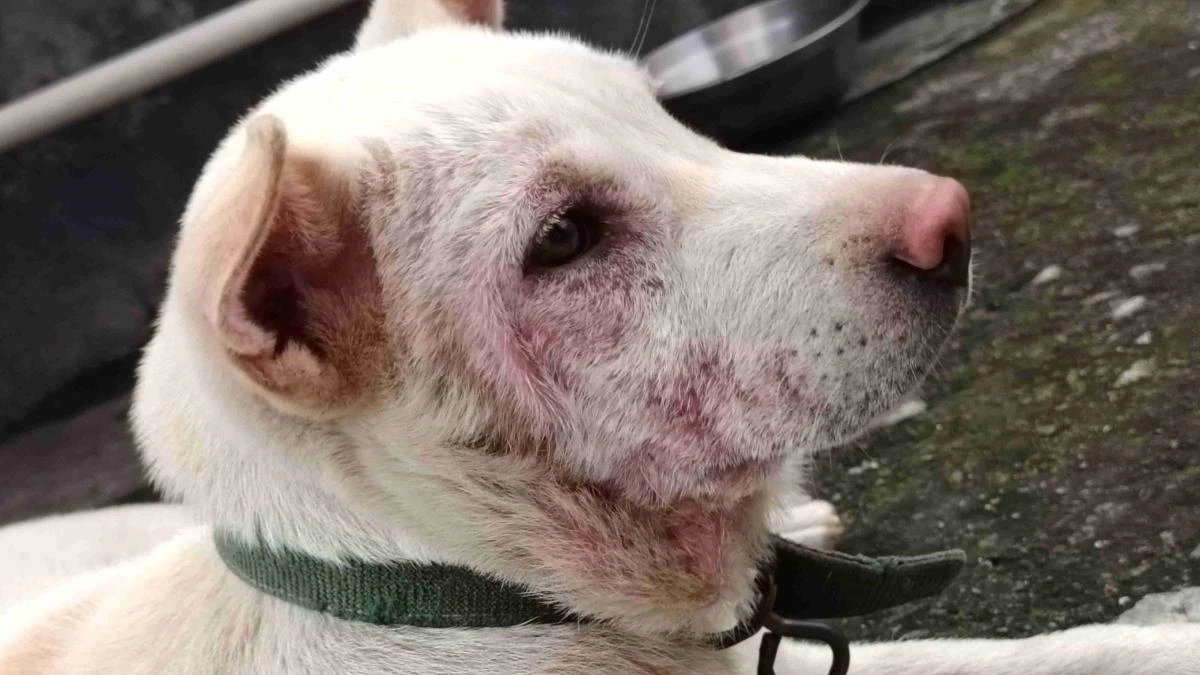
How to Get Rid of Dog Allergies Naturally: Common Mistakes
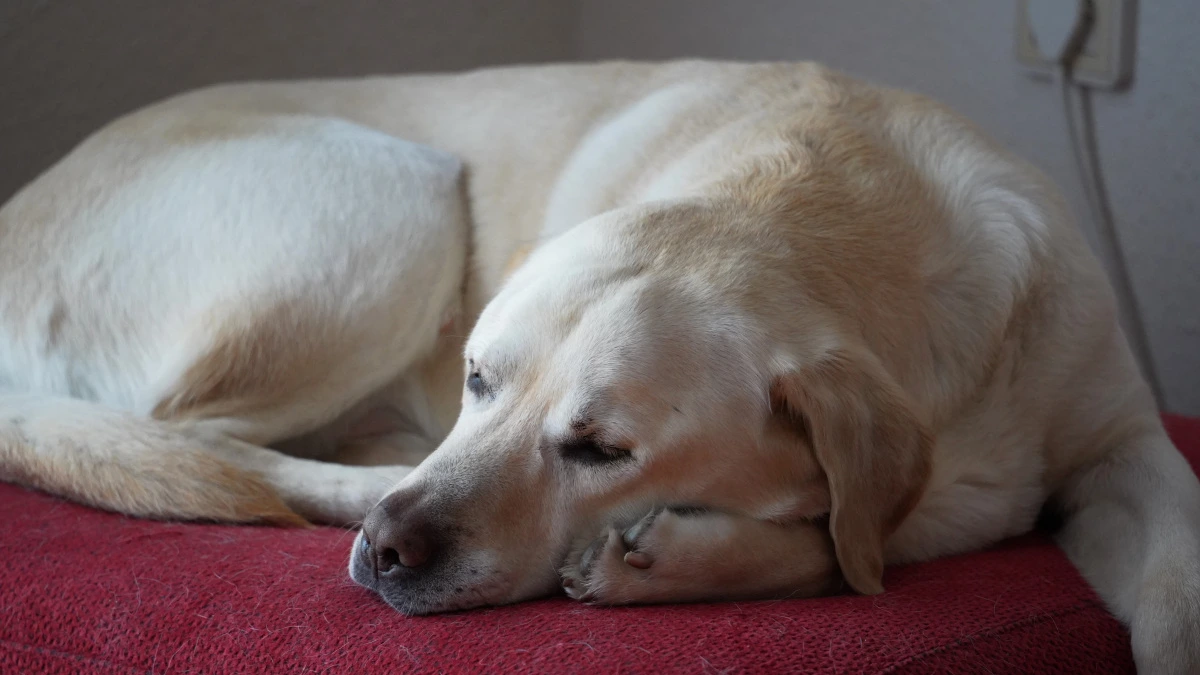
Dog Allergic Reaction Eye Swelling: Hidden Mistakes to Avoid
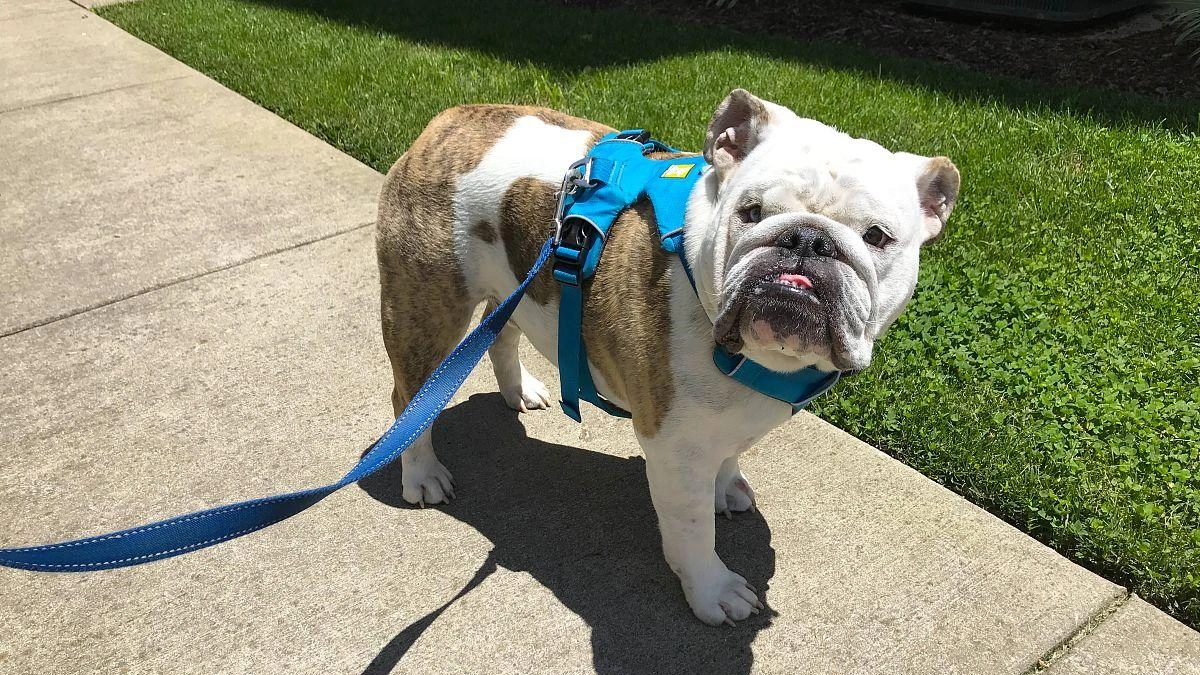
Why Do Bulldogs Scratch? Bulldog Skin Allergies Guide
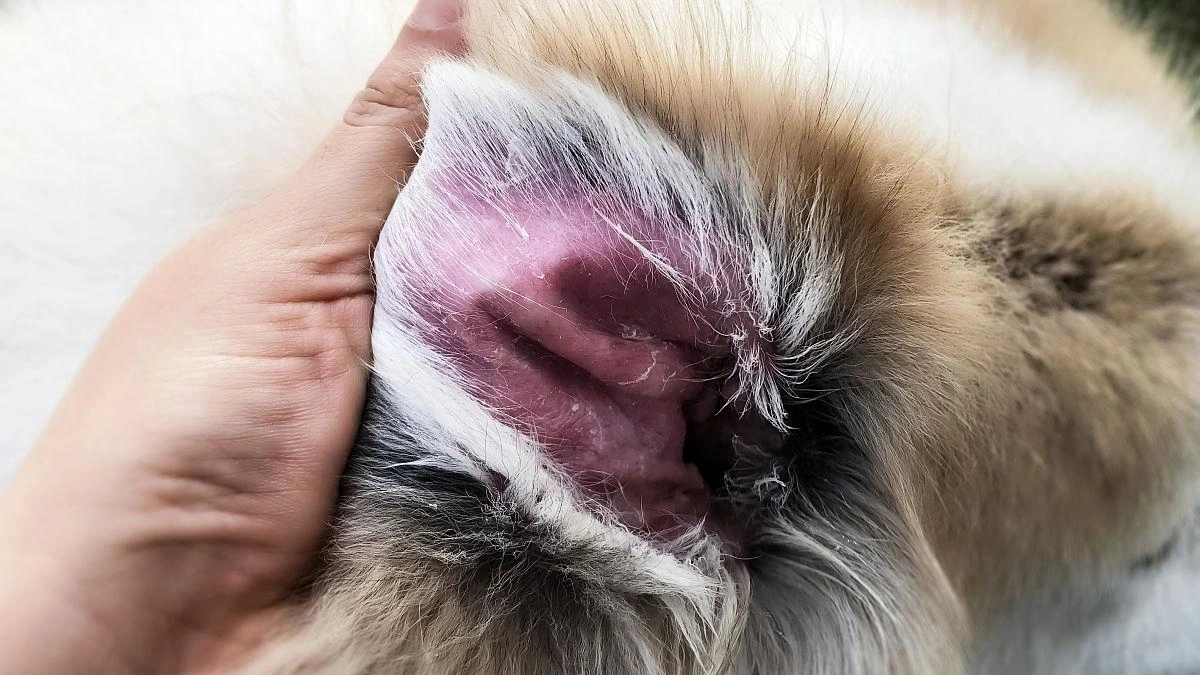
Cure for Dog Skin Allergies Owners Often Miss

How to Get Rid of Dog Allergies Naturally: Common Mistakes

Dog Allergic Reaction Eye Swelling: Hidden Mistakes to Avoid

Why Do Bulldogs Scratch? Bulldog Skin Allergies Guide

Cure for Dog Skin Allergies Owners Often Miss
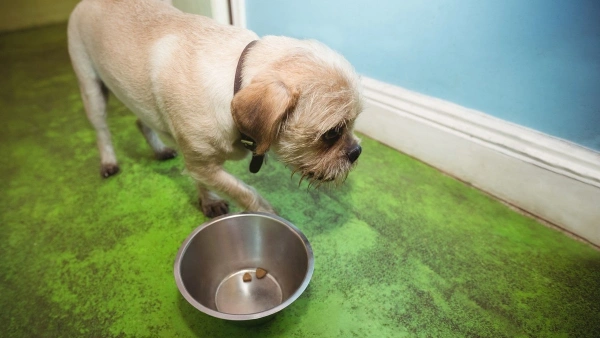
Vet-Recommended Wet Dog Food for Sensitive Stomachs — 2025 Guide
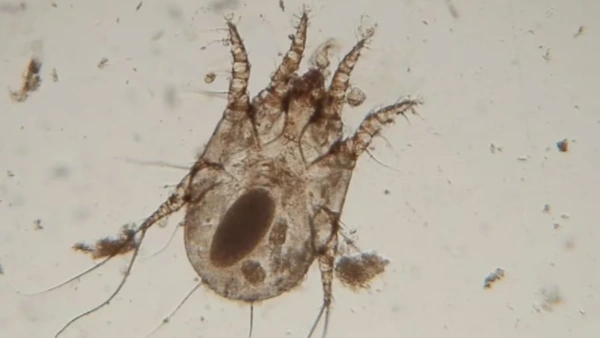
Dog Dust Mite Allergy: Symptoms, Treatment, Prevention
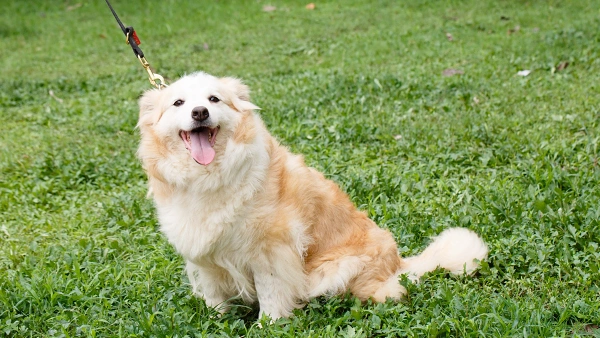
Can Allergies in Dogs Cause Diarrhea and Vomiting? Explained
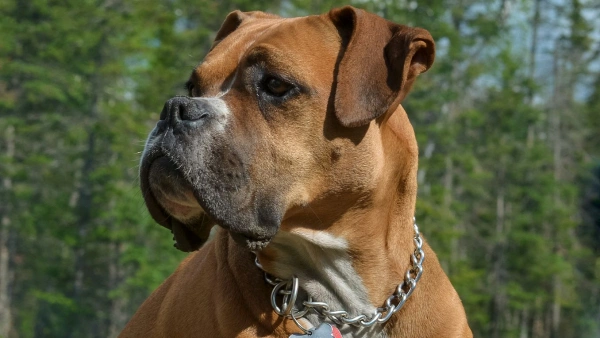
10 Pitbull Health Problems You Should Know in 2025 — Tips
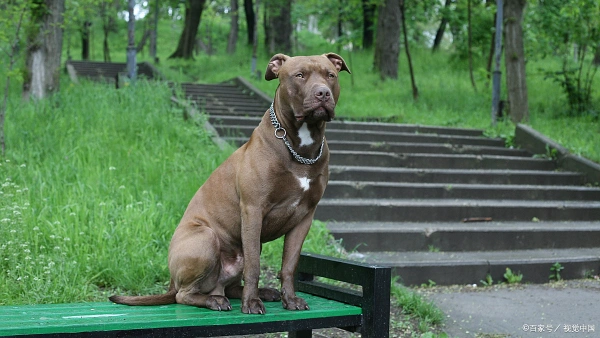

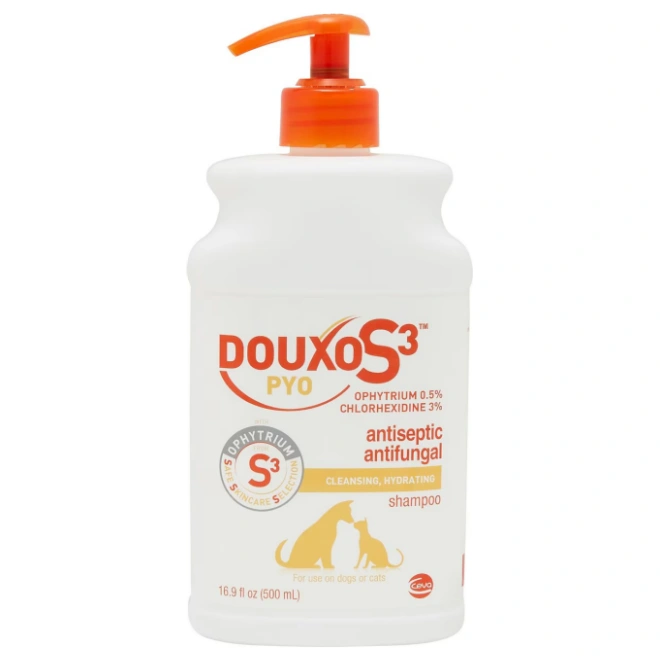
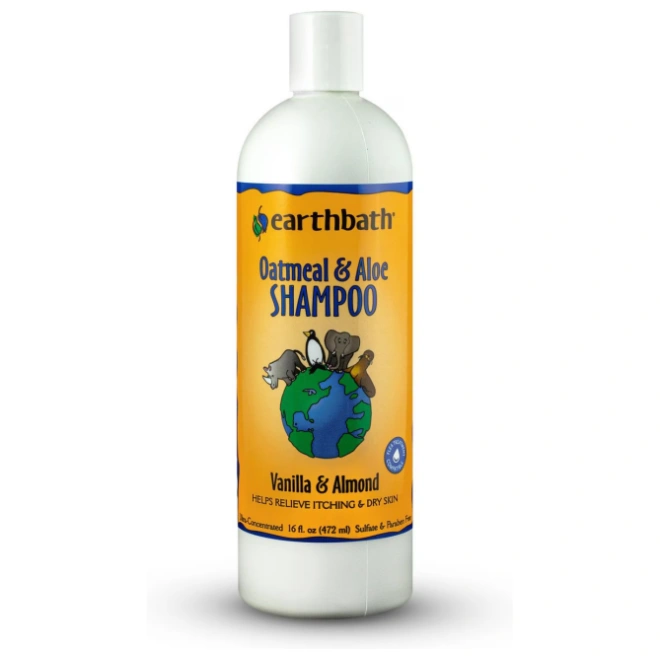
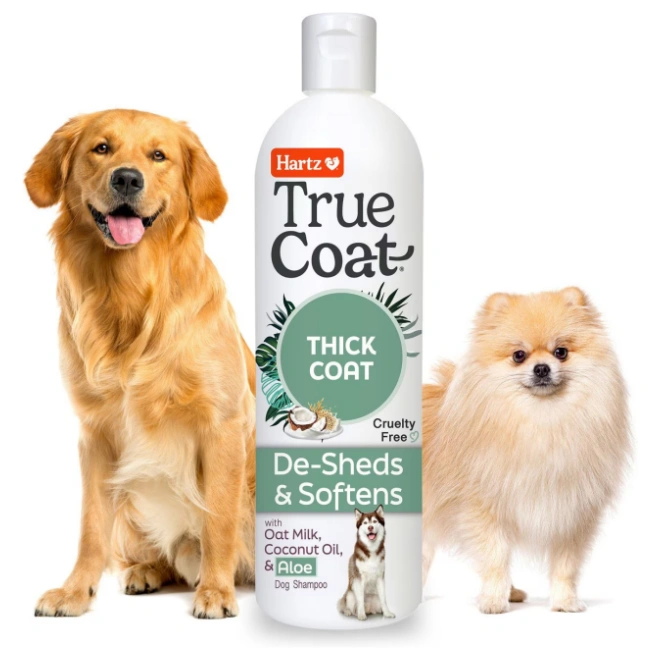
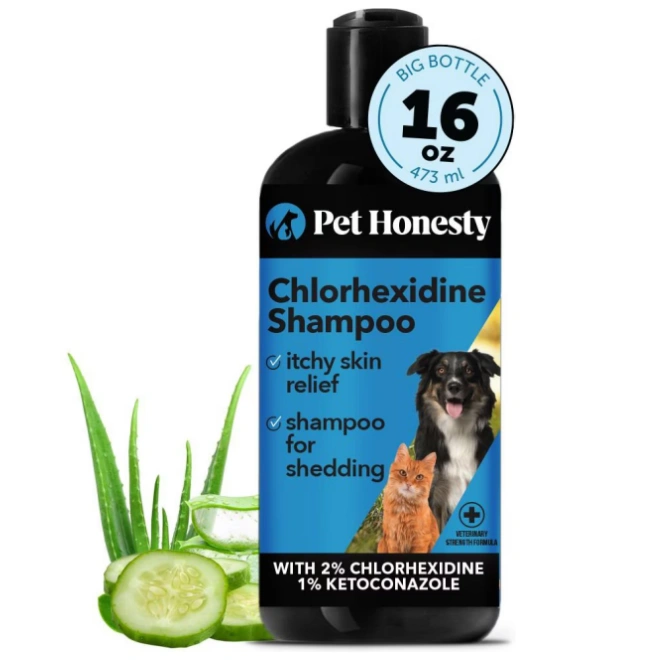








Leave a Reply